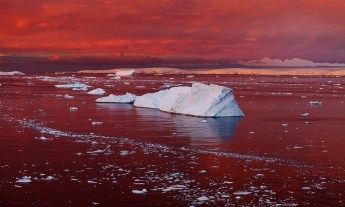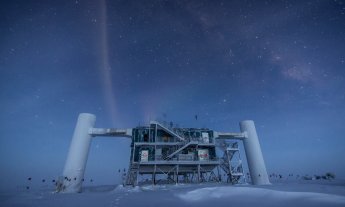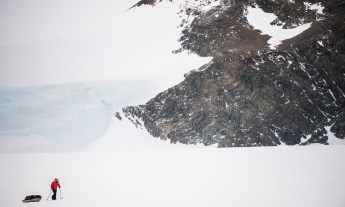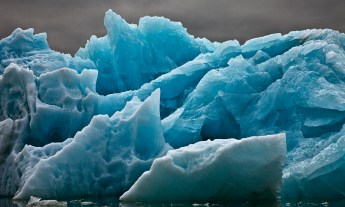
They hibernate for centuries and then come back to life! They make their own antifreeze and their own sunscreen! You’ll never look at moss the same way again.
If you’ve ever had difficulty keeping a houseplant alive, imagine trying to grow anything in Antarctica. The sun shines 24/7 in the summer and then vanishes in the winter. Fresh water is available in the spring or summer if the weather is mild enough, but most of the year, it’s trapped as ice. In the winter, temperatures plummet to about -56° F (or 56 degrees colder than your freezer, and that doesn’t include wind chill). How do plants endure here? Unlike Antarctica’s penguins and seals, they can’t just take to the sea when the going gets tough.
Against all odds, a plucky group of mosses call Antarctica home. Sharon Robinson (TEDxUWollongongWomen Talk: Antarctic plants in a time of change), a plant ecophysiologist at Australia’s University of Wollongong, studies the three species of moss — Schistidium antarctici, Bryum pseudotriquetrum and Ceratodon purpureus — that grow in East Antarctica, a particularly cold, windy and rocky area of the continent. Through their leaves (yes, they have teeny leaves), the mosses can absorb water as well as nutrients from sources like penguin poop. “Every time I go to Antarctica, I think, ‘How on Earth do these tiny, tiny plants survive in these really, really tough conditions?’” Robinson says. “We humans have got on layers of polar fleece, merino wool and Gore-Tex, and they’re just hanging out.” She wants to pinpoint the reasons for their resilience, which could shed light on thriving in extreme environments (like Mars) or preserving food.
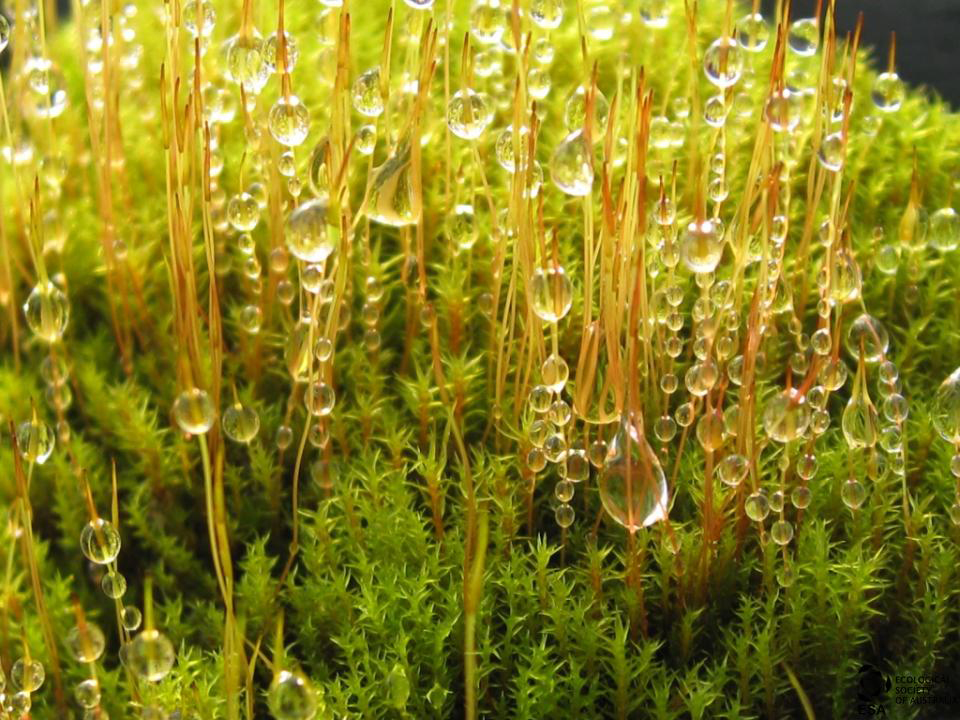
The mosses can go into suspended animation for centuries and centuries. Say you’re living at the South Pole. Conditions around you are going downhill — your water supply is drying up or freezing; the sunlight that you need for energy is disappearing; and the temperature is plunging. But if you’re a moss, no worries! You just dry out, go into stasis, and when the ice melts, you grow again. In 2014, a team from the British Antarctic Survey and the University of Reading revived Antarctic moss that had been dormant for more than 1,500 years. The researchers had collected moss that was frozen in permafrost. The team then sliced a moss shoot into sections and incubated the pieces at typical springtime temperatures. Soon, a moss section that was at least 1,530 years old — according to carbon dating — began producing new shoots.
They make their own antifreeze! When an ice crystal forms inside the cell of a plant or animal, the ice will expand and burst the cell walls, causing the cell to die — and leading eventually to the organism’s death as cell after cell expires. The mosses of Antarctica store their own antifreeze, a combination of special sugars and sugar alcohols, in their cells. During the fall and winter months, these compounds become more concentrated and “stop the nucleation process,” the first steps in the formation of an ice crystal, says Robinson. Researchers from the University of Ottawa and the University of Alberta are now studying an antifreeze compound found in Antarctic fish that could someday lead to creating a substance that might be used on human organs or other tissue. What about moss antifreeze? More studies need to be done first, says Robinson.
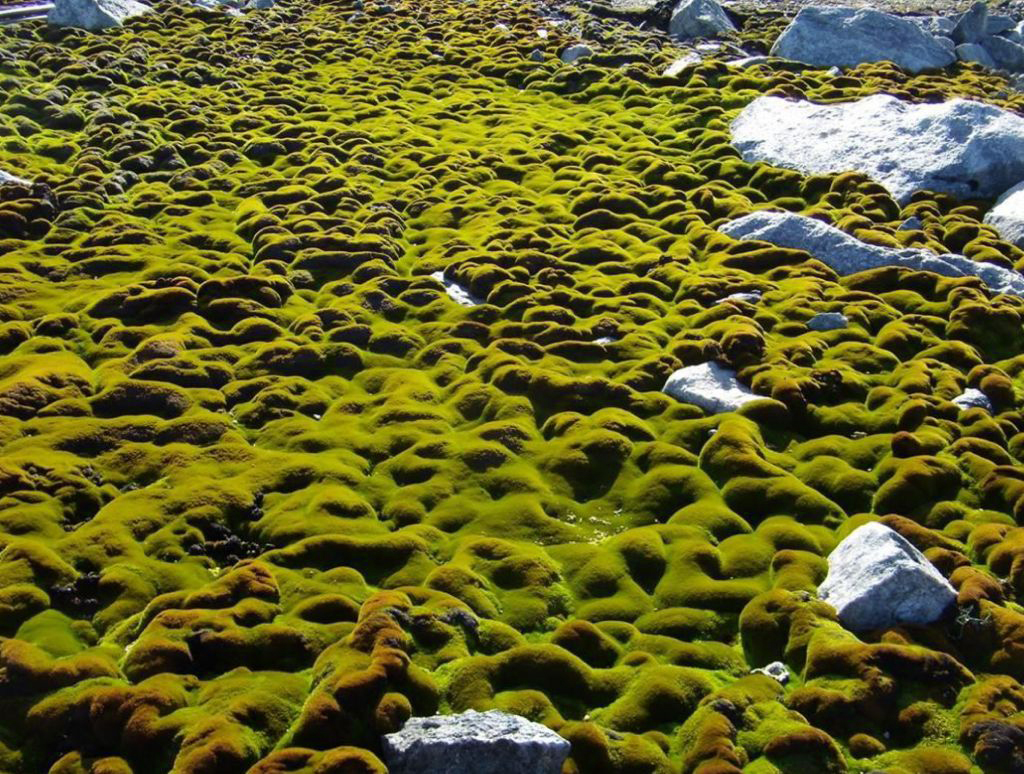
And they generate their own sunscreen! Every spring, the ozone hole — an opening in the ozone layer — appears over Antarctica. This hole exposes Antarctic moss to dangerous levels of UV-B radiation just when they’re trying to photosynthesize. But the mosses, the ultimate preppers, produce antioxidants to help neutralize the effects of free radicals. Some mosses appear to be more successful at fighting off radiation than others, thanks to where they store their antioxidants and when, and Robinson and her team are trying to figure out why. These answers could help scientists develop new sunscreens for humans or other defenses against skin cancer.
The creatures that make their homes in the mosses are pretty incredible, too. There is a whole community of microorganisms living in the moss, Robinson says, from single-celled algae to insect-like invertebrates that dry out and crumple up in the winter. While some inhabitants have been identified, “we haven’t really started to look at what’s there,” Robinson says. Among them is the microscopic tardigrade, a species that scientists say will be the last one standing on Earth, surviving until the sun dies. “I’m sure there are invertebrate species we haven’t identified yet and lots of microbes we’re not aware of,” she says. Maybe, hiding in the moss, is a microbial key to discovering … who knows? If we don’t continue to study the mosses, we’ll never find out, Robinson says.
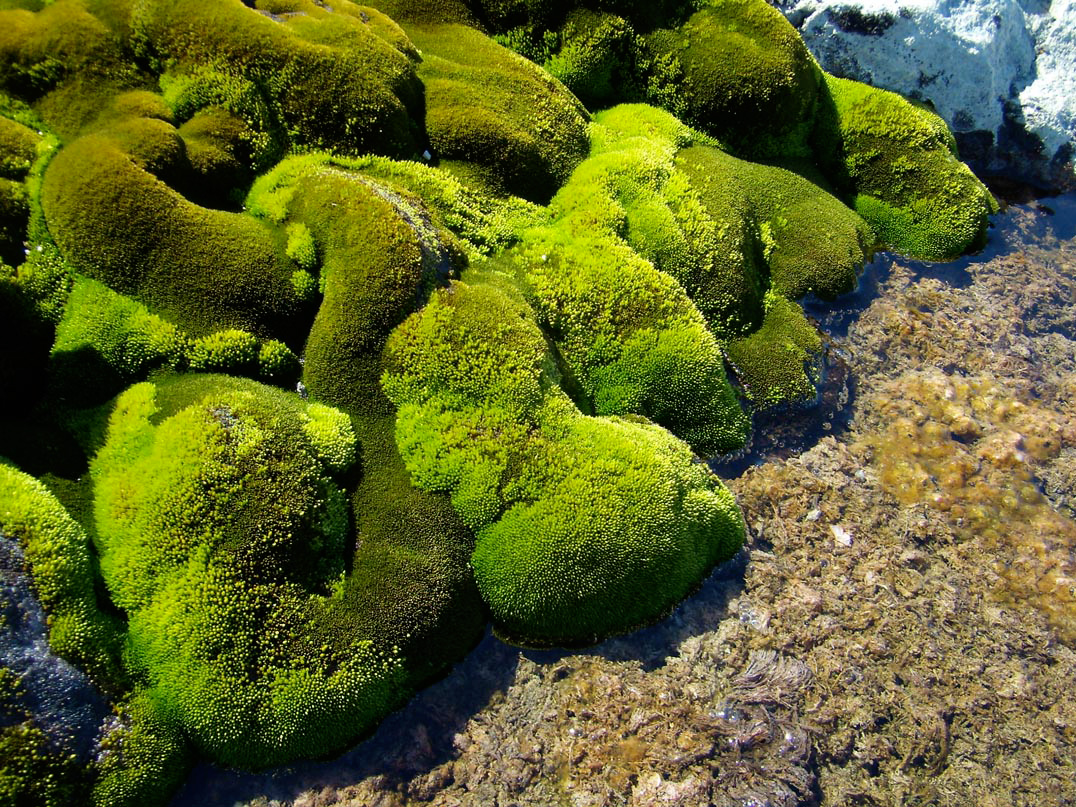
Like Antarctica itself, the mosses serve as barometers of climate change. In the same way that the bubbles of trapped air in polar ice cores reveal information about the atmosphere in past eras, absorbed carbon in mosses show us changes in carbon levels over the centuries. “Mosses also have chemical signatures that can tell us how wet or dry it was at particular times,” Robinson says. “For example, we can look at the mosses now, and we can see they’re under drier conditions than they were 100 years ago.” Due to climate-induced changes in polar winds, East Antarctica is becoming more of a desert.
To protect these plants, which are among the oldest living things in the world, Robinson is attempting to map the moss on the entire continent. “The big problem in Antarctica is that the mosses are fragmented and scattered over a large area, with rocks in between,” Robinson says. “You don’t want to step on them, since they’re hundreds of years old, but covering those areas without having people traipsing all over them is a challenge.” Plus, they’re very hard to see. In collaboration with NASA, her team is deploying low-flying drones with spectrometers and heat cameras to conduct an aerial survey and assess in which areas the mosses are healthy and where they’re in distress. The goal is to collect enough information so researchers can develop a targeted plan to study and safeguard the plants.
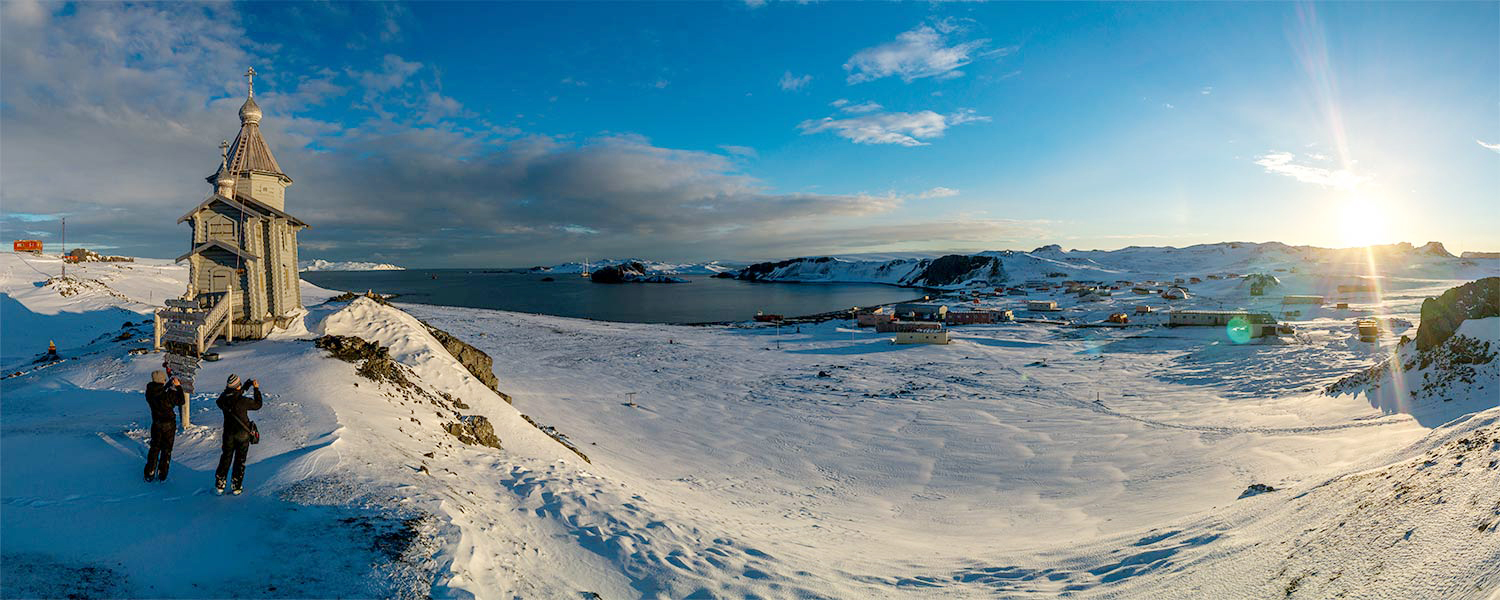
Skeptics might wonder: with all the problems in the world, why worry about moss? Because if they were to go extinct, we’d lose access to a new scientific frontier. “Losing them would be like losing old-growth forests just as they’re unlocking their secrets for us,” Robinson says. “Antarctica is a preserve for peace and science, so we have to take responsibility for preserving that biodiversity and take action on climate change. If we do it right, then 500-year-old moss beds could still be around to celebrate their 1,000th birthday.”
















